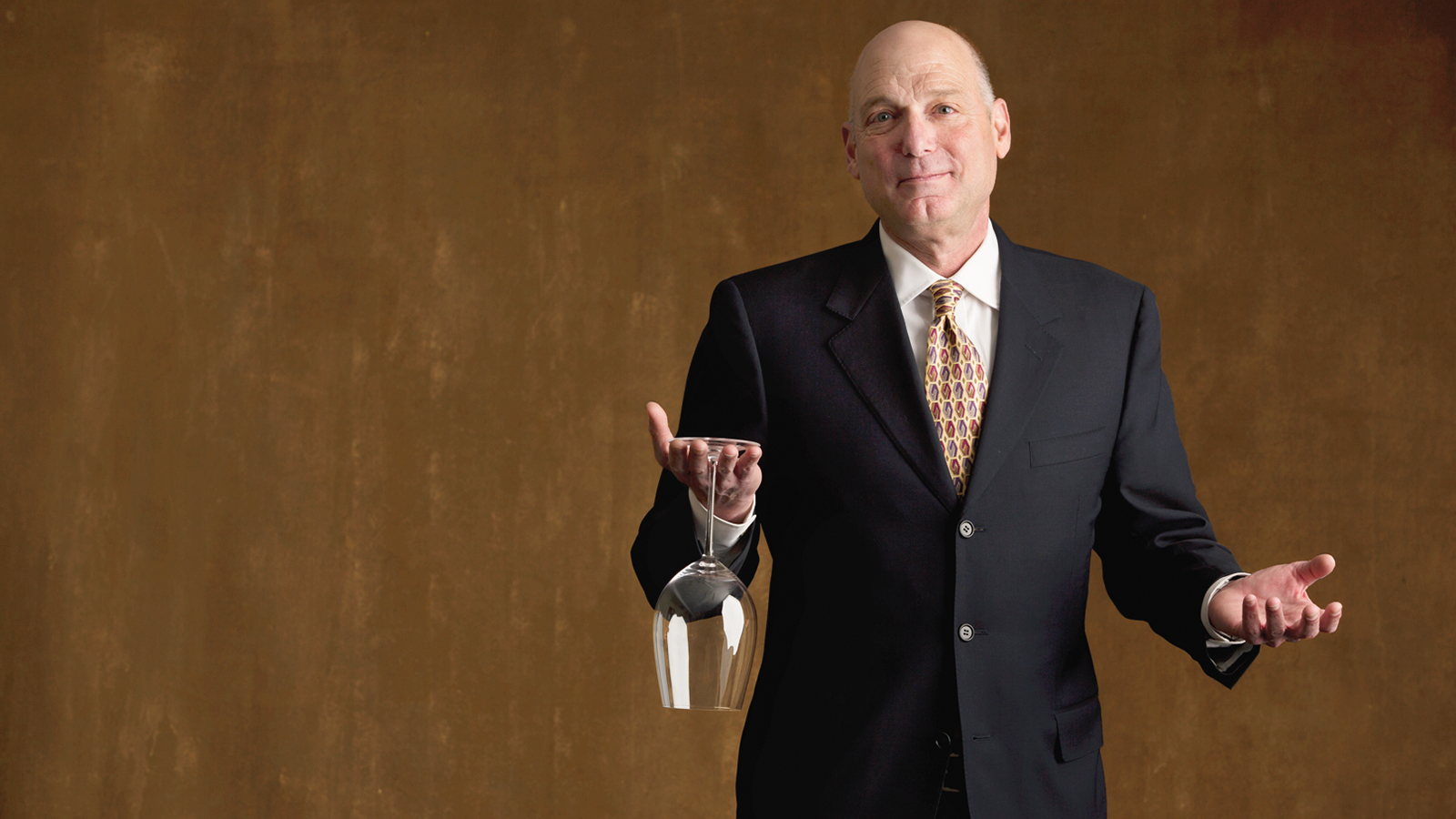By Matt Kramer originally posted on January 16th 2018
“It is usually easy enough to tell which is the worse of two bad wines, but it is extremely difficult to tell which is the better of two good wines.”—André Simon, In the Twilight (1969)
Sometimes it takes a surprising amount of experience to distill what may seem to others to be simple or even obvious. André Simon’s observation, cited above, is a perfect example.
Few wine drinkers, let alone writers, had the breadth and the length of experience of Simon. Born in Paris in 1877, he lived nearly a century; he died in 1970, at age 93. His adult life was spent in England, where he was a pillar of the wine trade and author of about 100 books and pamphlets, as well as founder, in 1933, of the still-extant Wine and Food Society.
His was an unusually historic span of years. To put it in perspective, Simon was already 26 years old when Wilbur and Orville Wright made their historic flights at Kitty Hawk with their first powered aircraft; the first Boeing 747 appeared in 1969.
Simon’s last book, In the Twilight, appeared that same year. (It was aptly titled not only because it was his valedictory work, but also because by then his eyesight had failed him.) Simon had by then famously declared, “A man dies too young if he leaves any wine in his cellar.” Good to his word, he left just two magnums of red Bordeaux in his cellar when he died.
It took me years, decades even, to fully grasp the insightfulness of Simon’s late-life assertion that “it is usually easy enough to tell which is the worse of two bad wines, but it is extremely difficult to tell which is the better of two good wines.”
To understand it requires, I believe, a recognition of the value of value—in this case, what are conventionally called “value wines.” Without them, we are effectively unable to see the surprising difficulty of distinguishing the better of two good wines.
That, in a nutshell, is what makes a value wine just that: If you put it up against another of its type selling for a lot more money—or having greater renown—and you have real difficulty distinguishing which is the better of the two good wines, well then, you’ve established “value,” haven’t you?
The reason it took me so long to fully understand Simon’s assertion was that I thought the problem was with me as a taster. If I couldn’t tell the difference between a basic Bourgogne rouge and a more exalted premier cru (as I recently recounted), it surely had to be my deficiency. I now know better.
This is what value wines offer: not just a deal, but confidence. Assurance. A confirmation of the validity of your judgment.
Yes, you absolutely need to taste the benchmarks in order to get the full picture. Value, by its very definition, is relative. The closer a wine gets to rivaling in quality, which is not the same as mere copying in style, the acknowledged pinnacle wines of its type, the greater the value of the value wine. It’s no more—or less—complicated than that. With this in mind, I was struck by the results of the recent Wine Spectator poll, “Where did you find your favorite value wines in 2017?”
Read full article here...

